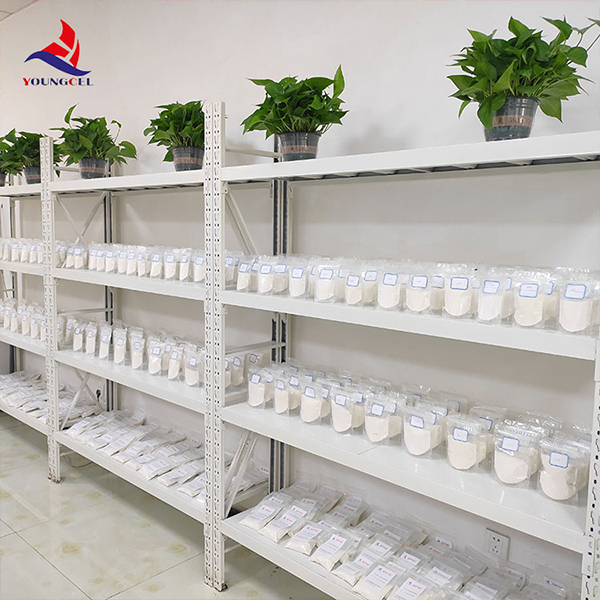HPMC for Detergent Enhancing Cleaning Performance and Sustainability
Hydroxypropyl Methylcellulose (HPMC) is a versatile and widely used polymer that has found its niche in the formulation of detergents. With its unique properties, HPMC contributes to the enhancement of cleaning efficacy, stability, and sustainability in detergent products. This article explores the benefits and applications of HPMC in detergents, highlighting its role in improving performance while promoting environmental responsibility.
Understanding HPMC
HPMC is a cellulose ether derived from natural cellulose, making it inherently biodegradable and environmentally friendly. It is a white, odorless powder that dissolves in cold water, forming a viscous solution. HPMC is valued for its thickening, stabilizing, and film-forming properties, making it an ideal choice for various applications, including personal care products, food, and pharmaceuticals, as well as detergents.
Role of HPMC in Detergents
1. Thickening Agent One of the primary functions of HPMC in detergent formulations is its ability to thicken the product. By enhancing the viscosity, HPMC improves the feel and consistency of liquid detergents, making them easier to dispense and apply. This thickness not only aids in user experience but also helps in maintaining the stability of the formulation, preventing separation of ingredients.
2. Stabilizer HPMC serves as an excellent stabilizing agent, especially in formulations that contain various surfactants or other active ingredients. It helps to maintain a uniform distribution of these components, enhancing the overall effectiveness of the detergent. This stability is crucial during storage and usage, ensuring that the product remains effective throughout its shelf life.
hpmc for detergent

3. Film-Forming Ability The film-forming characteristics of HPMC are particularly advantageous in cleaning applications. When applied to surfaces, HPMC forms a thin film that can trap dirt and particles, making it easier to remove them during the washing process. This film can also provide a protective barrier, ensuring that surfaces remain cleaner for longer periods.
4. Improved Cleaning Performance With its unique interactions with water and soil, HPMC enhances the cleaning performance of detergents. It aids in emulsifying grease and oils, making it easier for other surfactants to perform their cleaning duties. This synergistic effect results in a more efficient cleaning process, reducing the need for high concentrations of surfactants and thereby contributing to lower environmental impact.
Sustainability Aspect
In today’s market, the demand for sustainable products is increasing. HPMC, being a plant-derived and biodegradable material, aligns perfectly with this trend. By incorporating HPMC into detergent formulations, manufacturers can create products that are not only effective but also eco-friendly. This aspect appeals to environmentally conscious consumers seeking safer and more sustainable cleaning solutions.
Conclusion
The incorporation of Hydroxypropyl Methylcellulose in detergent formulations marks a significant advancement in the cleaning industry. By acting as a thickening agent, stabilizer, and film-former, HPMC enhances the overall performance of detergents while contributing to sustainability efforts. As consumers become increasingly aware of their environmental footprint, the demand for detergent products that align with sustainable practices is likely to grow.
In summary, HPMC not only elevates the functionality of detergents but also fulfills the critical need for eco-friendly cleaning solutions. This dual benefit positions HPMC as a valuable ingredient in the evolving landscape of detergent formulation, paving the way for a cleaner, more sustainable future.
-
The Application and Significance of Construction RdpNewsMay.19,2025
-
Industrial Grade HpmcNewsMay.19,2025
-
Building Coating Adhesive Building Coating Adhesive HpmcNewsMay.19,2025
-
Application Of Hpmc For Detergent For Detergent In DetergentsNewsMay.19,2025
-
Application Of Hpmc Cellulose In Cement-Based MaterialsNewsMay.19,2025
-
Application Of High Quality Hpmc For Construction In The Field Of ConstructionNewsMay.19,2025




